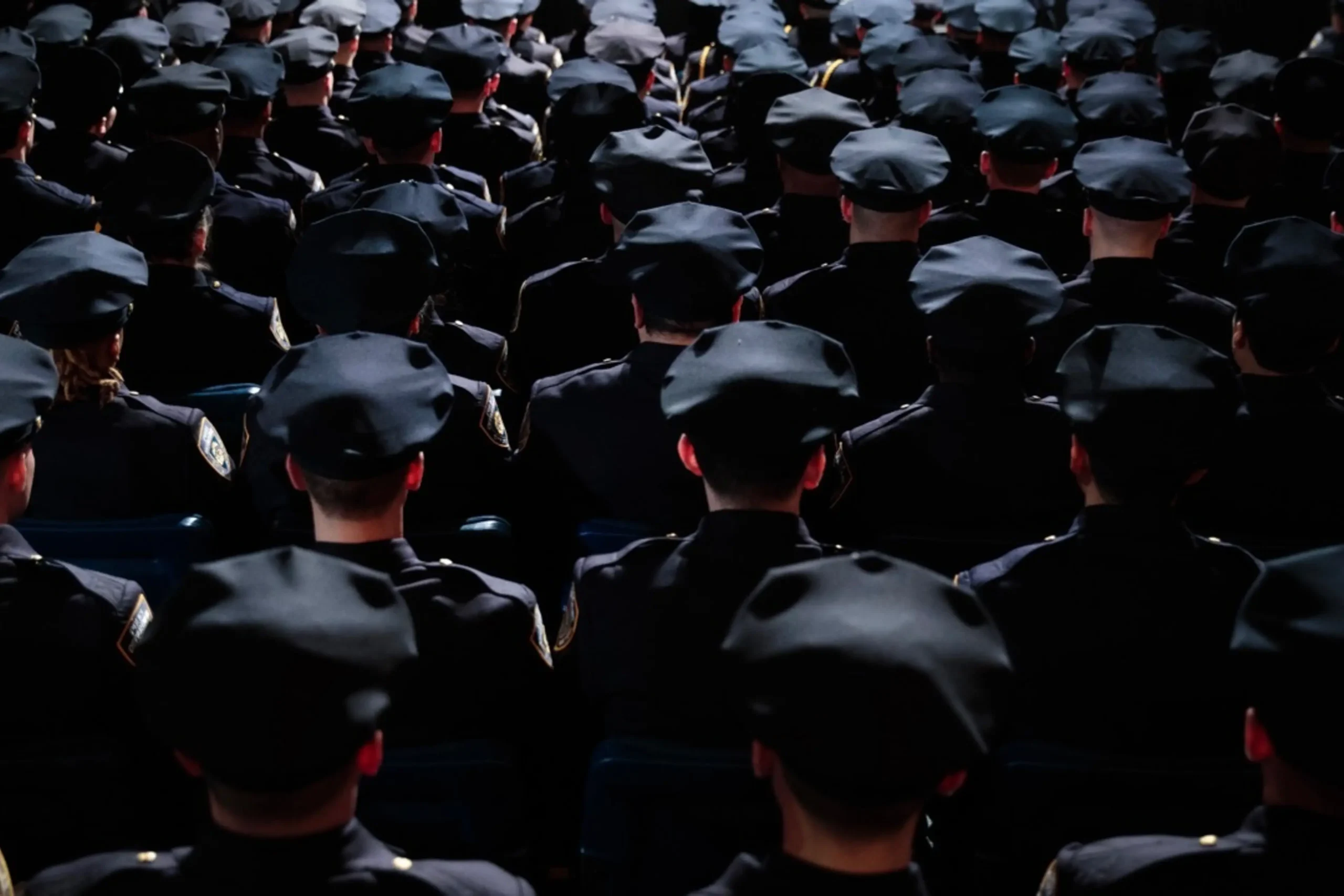
Policing the Globe: International Comparisons of Crime
admin
- 0
littlecellist.com – In an increasingly interconnected world, understanding the global landscape of crime and law enforcement is more crucial than ever. Different countries face unique challenges in maintaining public safety and order, influenced by their legal systems, cultural norms, and socio-economic conditions. This article explores the diverse approaches to policing and crime prevention around the globe, highlighting the challenges and successes in international law enforcement.
The Diversity of Crime: A Global Overview
Crime manifests in various forms across the world, from petty theft and drug trafficking to cybercrime and terrorism. The prevalence and types of crime are influenced by a country’s economic development, social cohesion, and political stability. For instance, developed nations often grapple with sophisticated cyber threats, while developing countries may face higher rates of violent crime due to poverty and lack of opportunity.
Law Enforcement: Different Models and Strategies
Community Policing
Community policing is a strategy employed in many countries, focusing on building trust between law enforcement officers and the public. This approach aims to prevent crime by addressing the underlying social issues that contribute to criminal behavior. Countries like Japan and the United Kingdom have successfully implemented community policing, leading to lower crime rates and increased public satisfaction with police services.
Technological Advancements
Technology plays a significant role in modern law enforcement. From surveillance cameras and biometric identification to data analytics and artificial intelligence, technological tools are transforming how police forces operate. Singapore and the United Arab Emirates are at the forefront of adopting cutting-edge technology to enhance their crime prevention and investigation capabilities.
Legal and Institutional Frameworks
The effectiveness of law enforcement is also contingent on the legal and institutional frameworks within which police forces operate. Countries with strong rule of law and independent judiciaries, such as Finland and Norway, tend to have more effective and respected police forces. In contrast, corruption and lack of accountability can undermine law enforcement efforts, as seen in some developing nations.
Challenges in International Law Enforcement
Transnational Crime
Transnational crime, including drug and human trafficking, money laundering, and terrorism, poses a significant challenge to international law enforcement. These crimes often involve networks that operate across multiple jurisdictions, requiring coordinated efforts between countries.
Human Rights Concerns
Balancing effective crime prevention with the protection of human rights is another challenge faced by law enforcement agencies worldwide. Issues such as police brutality, racial profiling, and mass surveillance have sparked protests and calls for reform in various countries.
Resource Constraints
Finally, resource constraints can limit the effectiveness of law enforcement, particularly in developing countries. Budgetary limitations can affect the training, equipment, and technology available to police forces, making it harder for them to combat crime effectively.
Conclusion
Policing the globe is a complex and multifaceted challenge, with each country facing its unique set of issues and opportunities. Despite the differences, international cooperation and the sharing of best practices are essential in the fight against crime. By understanding the diverse approaches to law enforcement and the challenges they face, we can work towards a safer and more secure world for all.


